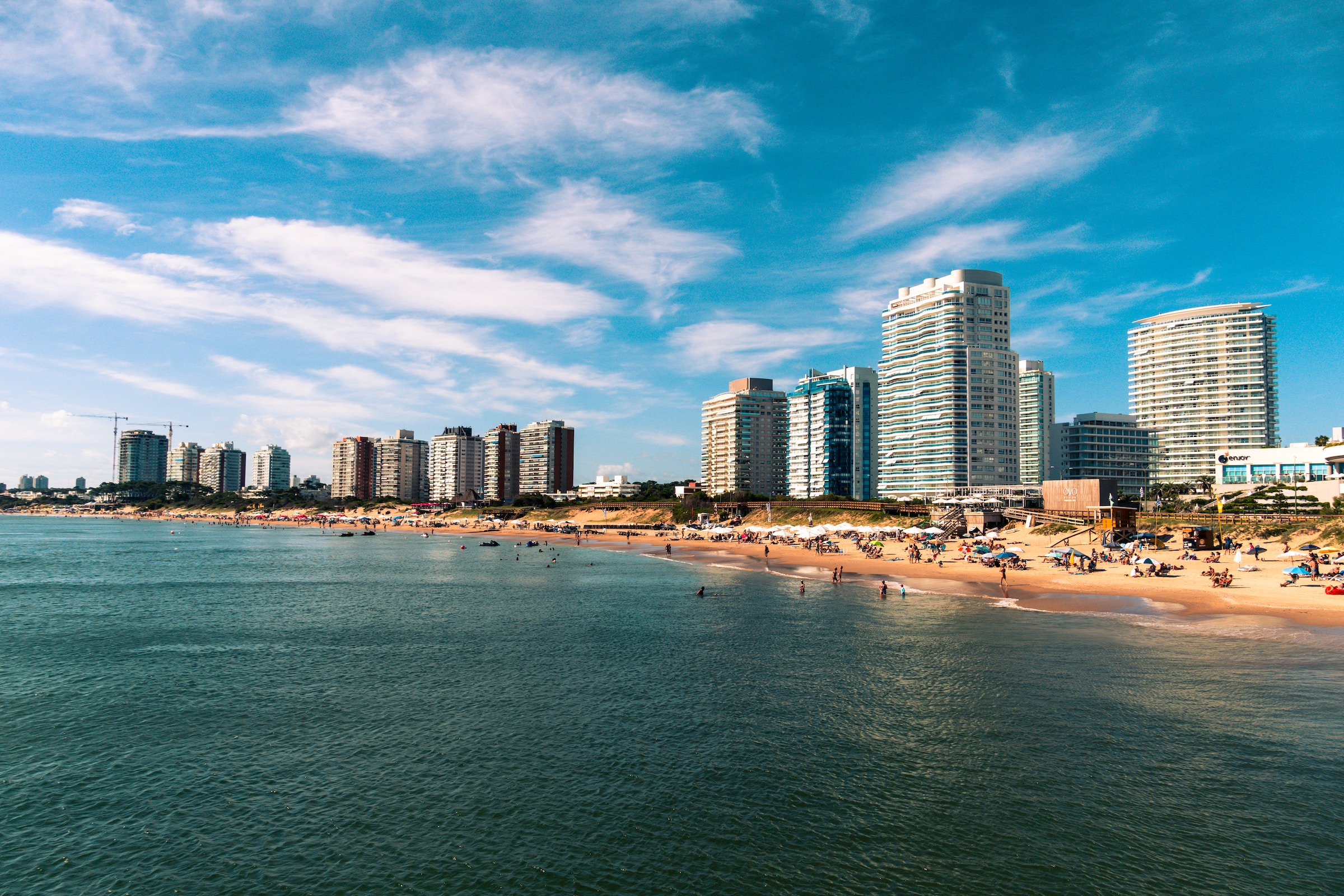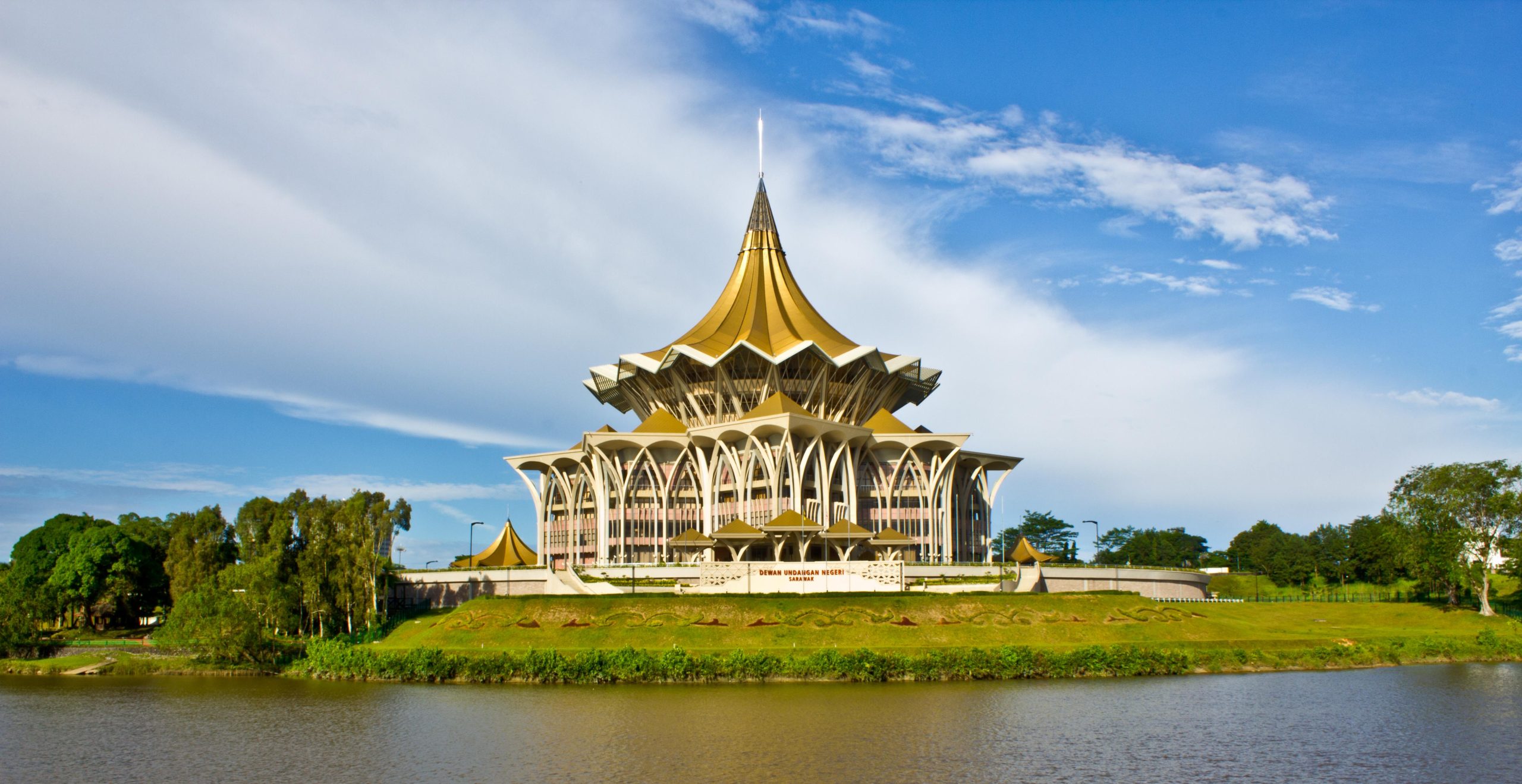Could Oman Become World Leading Hydrogen Exporters?

According to a report by the International Energy Agency (IEA), Oman is projected to become one of the leading global exporters of hydrogen by 2030.
The report suggests that Oman has the potential to produce renewable hydrogen at a cost as low as $1.6/kg. By the end of 2022, the IEA’s assessment of hydrogen projects indicates that Oman is on track to become the largest hydrogen exporter in the Middle East and the sixth largest globally.
Oman has set ambitious targets to produce a minimum of one million tonnes of renewable hydrogen by 2030, with plans to increase production to 3.75 million tonnes by 2030 and 8.5 million tonnes by 2050. This significant increase in renewable hydrogen production is expected to generate substantial export revenue for the country.
Benefiting from its advantageous location and access to key import markets such as Europe and Japan, Oman is well-positioned to produce large quantities of renewable hydrogen and its derivatives. With the anticipated expansion of electrolysers’ installed capacity by a factor of 300 by 2030, the IEA predicts a 70% reduction in capital costs. This cost reduction would enable Oman to produce renewable hydrogen at a competitive price of $1.6/kg by 2030.
If Oman achieves its hydrogen targets by 2040, the IEA estimates that the energy equivalent of its hydrogen exports would represent 80% of its current liquefied natural gas (LNG) exports. Furthermore, meeting its 2050 target would nearly double Oman’s current LNG exports in energy equivalent terms.

